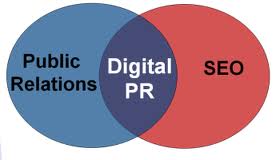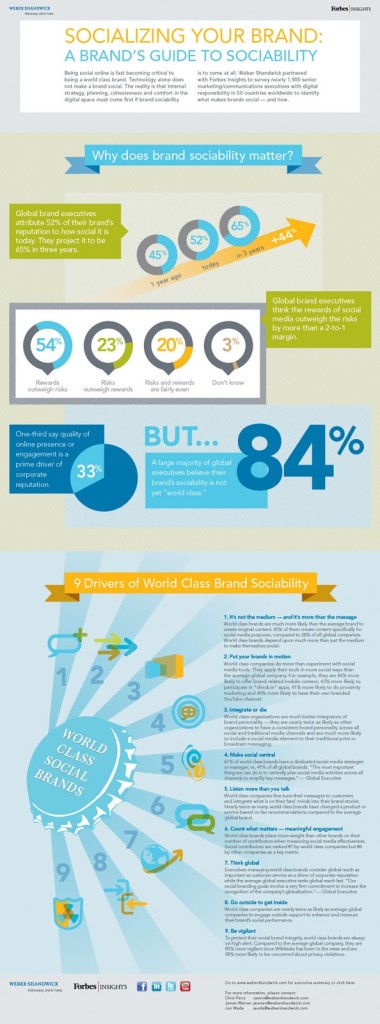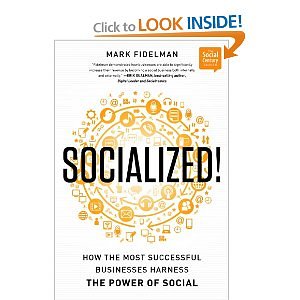 The news release is NOT dead. There is no other way to formally announce company news that meets and adheres to traditional journalistic standards.
The news release is NOT dead. There is no other way to formally announce company news that meets and adheres to traditional journalistic standards.
For those suggesting a news release no longer matters should take a look at whether they have hard news to share.
Start-ups, small-to-medium businesses (SMBs), and even established companies need to use a press release to issue news either online, via the wires, or sent as a pitch by media relations teams.
Blog Post Or News Release?
More companies are realizing the value of blogging. The blog, like the news release is owned media. You create the message, write the content and publish it, post it or distribute it via many channels.
But, here’s the $5 million chicken-or-egg question — which comes first?
Should a company write a blog post to launch news or should it write a news release to launch news?
A blog post seems like the easiest method to put news out there; albeit, the audience that sees the post is questionable (especially on a brand new blog with zero analytics).
If a company was to launch news of a new product, service or other innovation for the very first time via a blog, then that news is no longer fresh.
A blog is NOT the best place to announce major company news first unless a news release is included in that news strategy with strategic timing.
Here are the steps I recommend, and afterwards I share why:
1. To launch company news, draft a news release and blog post at the same time.
2. Get the content for each approved via the overall marketing and legal teams at the same time.
3. Set distribution of the news for both the blog and news release at about the same time. A blog post can be scheduled at any time of day.
4. The news release should hit the wires first, and the link to the news release should be included in the blog post just before clicking “publish.”
Rationale For This PR Strategy
If media get wind of a start-up’s news announcement and the company’s blog is the vehicle to share that news, then any attempt at issuing a news release, featuring the same content, and garnering attention is likely to fail.
When media relations practitioners pitch media, a blog post is not the vehicle of choice to inform media of news. It can complement; however, it is not an official vehicle.
Corporate blogs have a variety of authors and topics. To establish the company blog as the official word from the C-suite would take months of consistent writing with on-message topics. Media relations cannot be done via an occasional heavy-hitting blog post.
The news release must prevail first complemented by supporting vehicles with the content emphasized and packed with punch.
Thanks for reading Soulati-‘TUDE! Blog Post #400! Please subscribe, up and to the right, so you miss no more!





 Saying thanks is so simple. Why doesn’t it happen more often? Are brands and people too busy? Or, do they just plain old forget they asked for something?
Saying thanks is so simple. Why doesn’t it happen more often? Are brands and people too busy? Or, do they just plain old forget they asked for something?






 Engaging on social media channels with customers and prospects does not a social business make. Being a social business requires this for starters, and more. Becoming social inside and out by engaging stakeholders at all levels takes consistent effort and clarity from the C-suite to the sales organization and elsewhere.
Engaging on social media channels with customers and prospects does not a social business make. Being a social business requires this for starters, and more. Becoming social inside and out by engaging stakeholders at all levels takes consistent effort and clarity from the C-suite to the sales organization and elsewhere.














